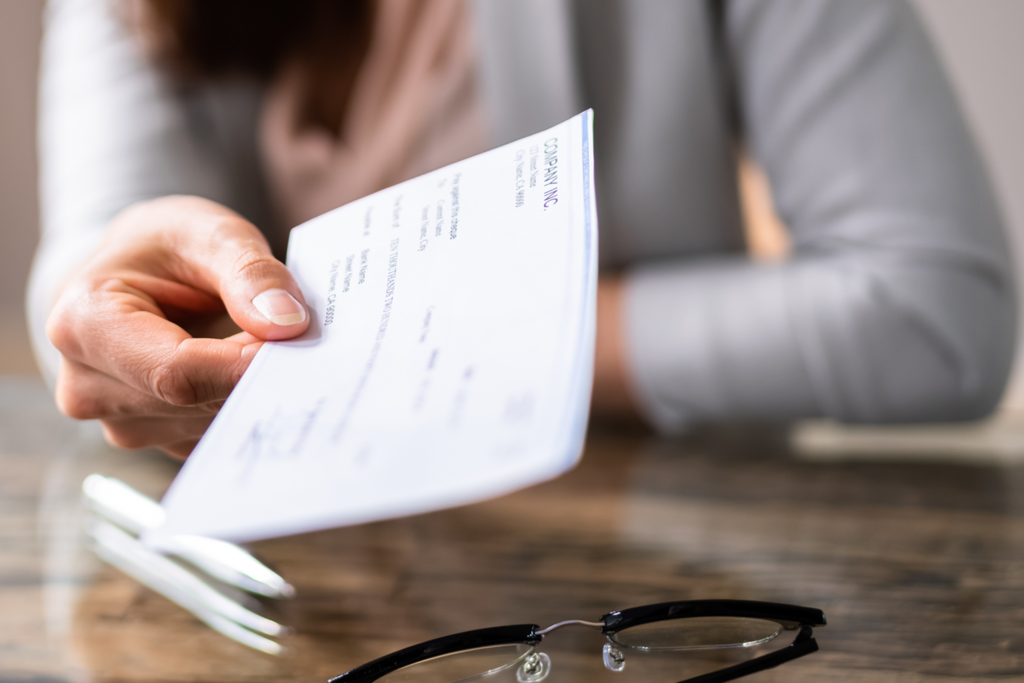
What’s a typical payment schedule?
Knowing what to expect for your commercial construction project is essential
When it comes to a new commercial construction project, it’s very uncommon to pay your commercial builder or design-build team upfront, with the exception of specialty material and equipment orders. For most, a payment schedule is put into place to ensure that all parties have a clear understanding of the contract between them and the expectations for payment. That way there are no unpleasant surprises on either the construction side or the developer side. But what exactly is a payment schedule, and what does a typical payment schedule include? Read on to better understand this important component of the construction process.
Understanding the payment schedule
A payment schedule, sometimes called a procedure for payment, details the dates when the contractor is expected to invoice for services provided to date and when the owner is expected to make payment to the contractor. Oftentimes, the procedure for payment within the construction agreement indicates that the contractor will invoice the owner on the last day of each month for work completed to date, and then the owner has a certain number of days, typically 10 to 20 days, to make payment to the contractor. Some payment schedules may be tied to the completion of a particular aspect of the project or the achievement of an identified milestone or project stage. These benchmarks would be pre-arranged under the contract between the parties involved in the construction.
Timely payments are important for all stakeholders in a project; it ensures that companies providing the construction services are compensated for their work and swiftly reimburses subcontractors and suppliers for their work completed on the project. On top of that, it provides a roadmap with details about expectations for performance of specific project stages, helping to minimize confusion about timelines and helping your project stay on schedule. This also reduces the likelihood of disputes between parties, because dates for application for payments and delivery of certain payments are documented.
Aspects of the payment schedule to expect
There are certain characteristics of a payment schedule that are typical. Before the first application for payment, the owner can expect the contractor to provide a “Schedule of Values” for review and approval by the owner. The owner also can expect the contractor to provide lien waivers, on a draw-delay basis, to ensure that subcontractors and suppliers are being paid during the course of the project. Finally, the owner can also expect the contractor to cooperate with the owner’s lender and/or title company regarding documentation required to comply with any dispersing agreement between the owner and the lender.
Payment schedules: be sure to plan ahead
Now that you have a deeper understanding of payment schedules and what they typically include, it’s important to remember that the construction agreement between the owner and contractor provides the opportunity to describe the process and timeline in detail for processing payments during the project.
You can further minimize the likelihood of change orders that often derail schedules by selecting the design-build model of construction. With design-build, your entire project is cared for by a single team, working together toward your vision. With everyone on the same page from the beginning, from design through construction, you can rest assured your project is on track. To learn more about the many benefits of design-build, contact us.